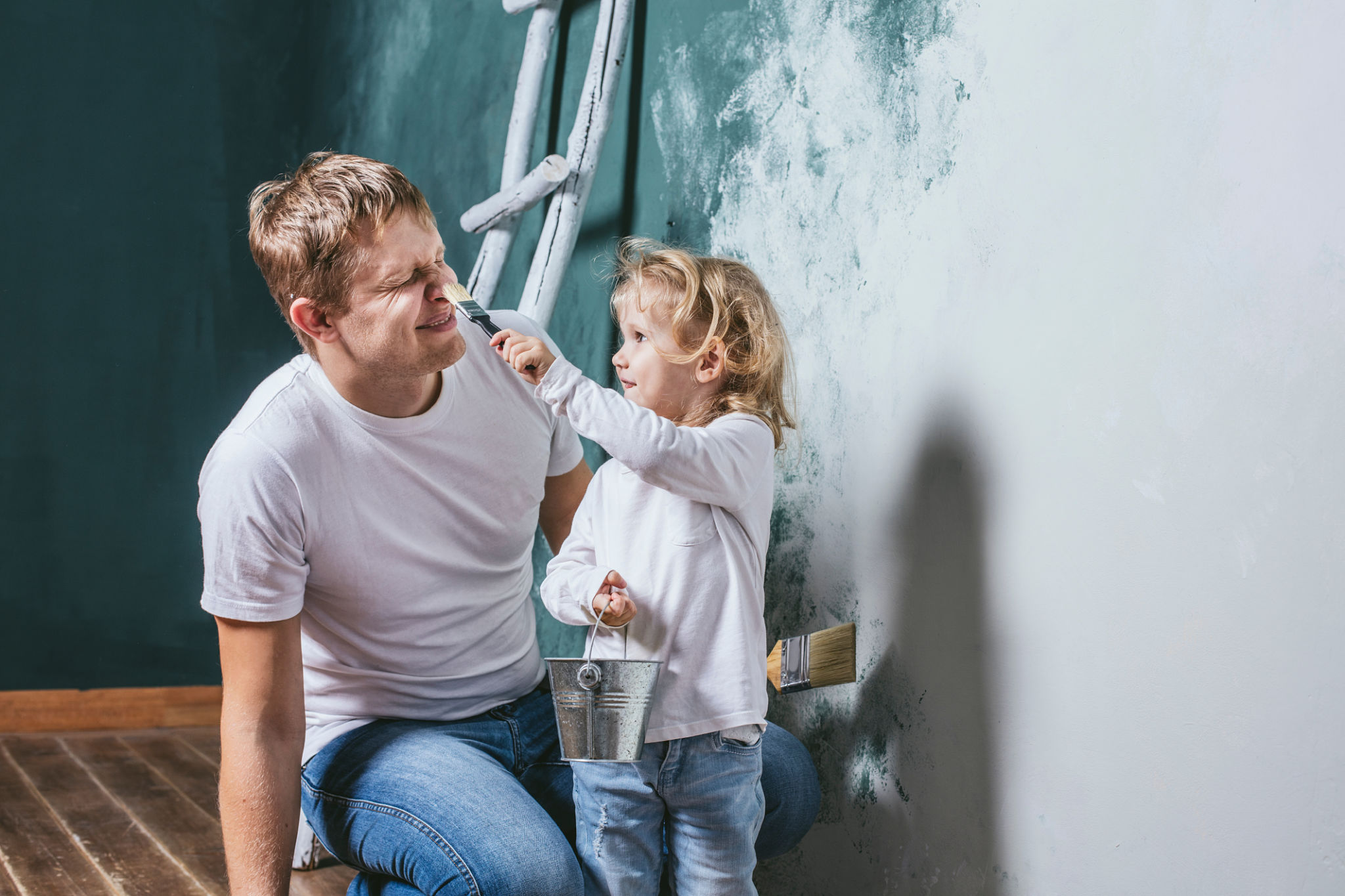Expert Tips for Painting Your Home: A Professional's Guide
Painting your home can be a daunting task, but with the right approach and a few expert tips, you can achieve a professional finish. Whether you're refreshing your living room or giving your entire home a new look, these guidelines will help you get the best results.
Preparing for Success
The key to a successful paint job lies in the preparation. Start by cleaning your walls thoroughly to remove any dirt, grease, or dust. This ensures that the paint adheres properly and lasts longer. Use a mild detergent and water, then rinse with clean water.
Next, inspect your walls for any cracks or holes. Fill these imperfections with spackling paste or a wall repair patch, then sand them smooth once dry. This will result in a flawless finish once you begin painting.

Selecting the Right Paint
Choosing the correct paint type and finish is crucial for achieving the desired look and durability. For high-traffic areas like hallways or kitchens, opt for a durable, washable paint. For bedrooms and living areas, consider using a matte or eggshell finish for a softer appearance.
When selecting colors, test several samples on your walls and observe them at different times of the day to see how they look under various lighting conditions. This will help you make an informed decision and avoid color regrets later.
The Tools of the Trade
Investing in high-quality tools can make a significant difference in your painting experience. Use brushes and rollers that are suitable for the type of paint you've chosen. A good brush will provide better coverage and reduce streaks, while a quality roller ensures an even application on larger surfaces.

Mastering the Technique
When it's time to paint, start with the edges and corners using a brush before moving to larger areas with a roller. This technique, known as "cutting in," creates clean lines and ensures full coverage. Work in small sections to maintain a wet edge, reducing lap marks.
Apply paint in thin, even coats rather than trying to cover everything in one go. This prevents drips and allows each layer to dry properly before adding another. Usually, two coats are sufficient for most projects.
Finishing Touches
Once you've completed painting, take a moment to inspect your work. Touch up any areas that may have been missed or need additional coverage. Remove any painter's tape carefully to avoid pulling off fresh paint.

Finally, clean your brushes and rollers thoroughly with water or the appropriate solvent to keep them in good condition for future projects. Proper cleaning ensures that your tools last longer and perform better next time.
With these expert tips and a bit of patience, you'll be able to transform your home with confidence and skill. Happy painting!
